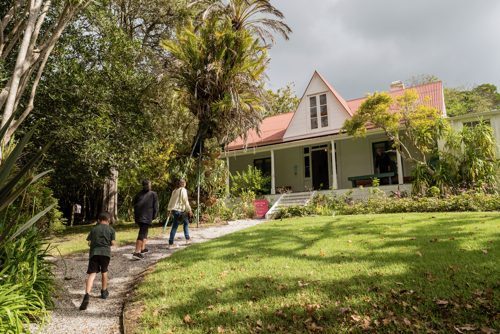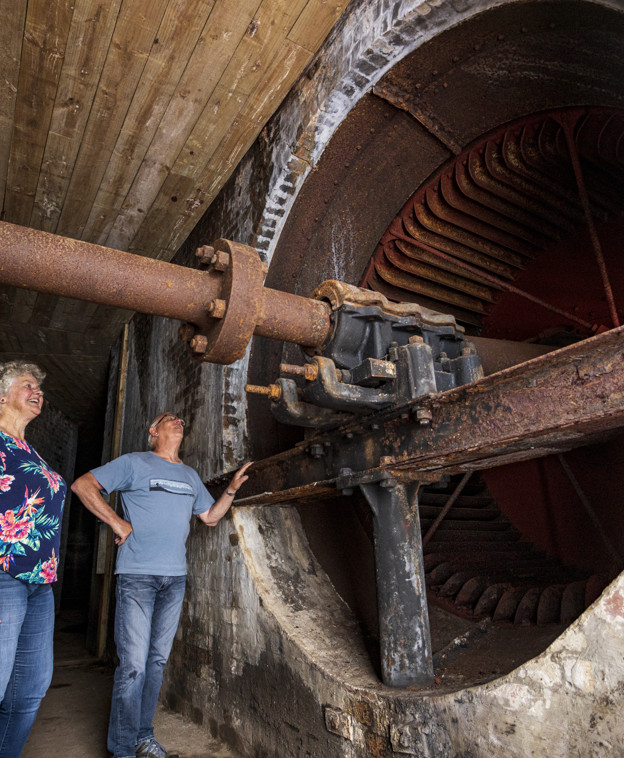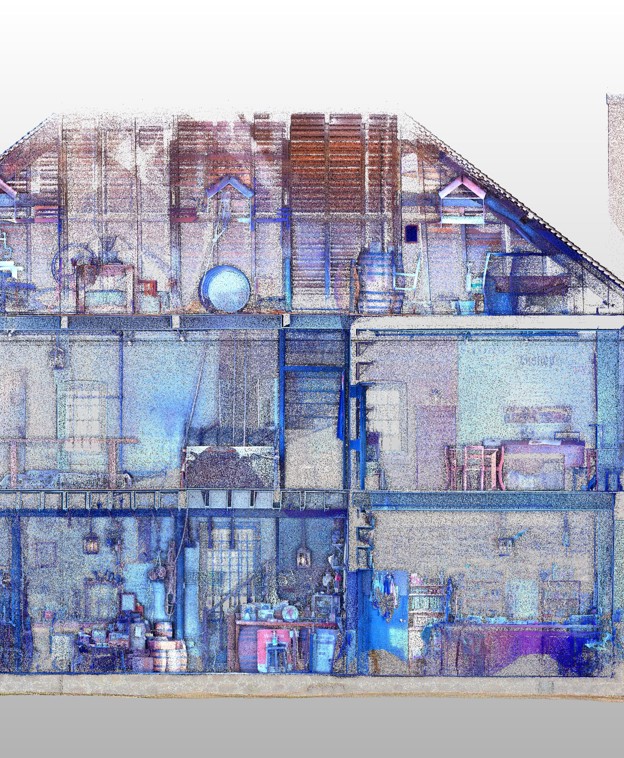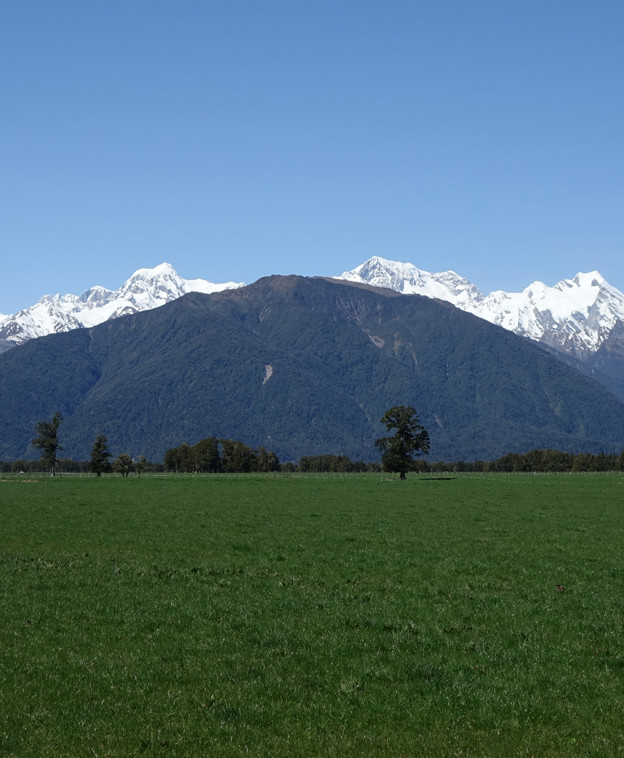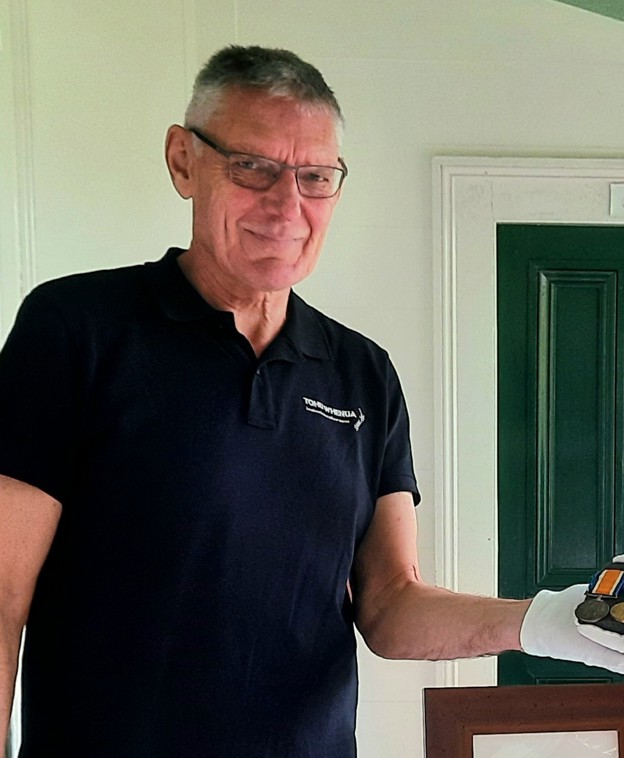Clendon whānau receive special acknowledgement
Special acknowledgement for a whānau that played a key role in carefully preserving valuable documents spanning almost 150 years of Aotearoa New Zealand history.
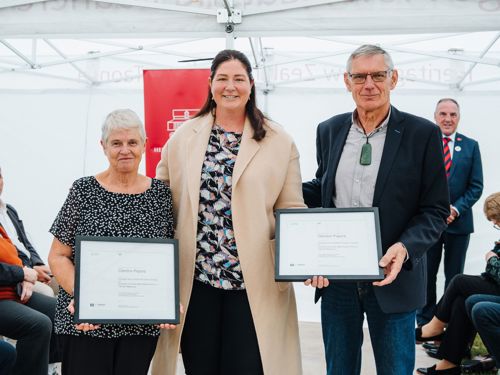
Descendants of James Reddy Clendon gathered at Clendon House in Rawene to mark the recent addition of the 3000-strong Clendon Papers to the UNESCO Memory of the World Aotearoa New Zealand Register. The Register entry officially identifies the collection as "an assemblage of recorded heritage of national significance".
The Associate Minister for Arts, Culture and Heritage, Hon Willow-Jean Prime, presented framed certificates of the inscription to representatives of the Clendon family.
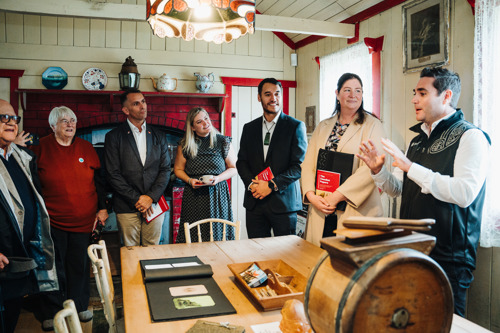
Heritage New Zealand Pouhere Taonga Property Manager, Alex Bell, entertains the official party in the original kitchen of Clendon House. Photo: Jess Burges
Clendon was an early Northland trader, merchant, settler, farmer, government official and the first US consul in New Zealand. He was also a signatory to He Whakaputanga (the Declaration of Independence) in 1835 and Te Tiriti o Waitangi on February 6 1840, making history as one of the few Europeans to have his signature on both documents.
“The lives of missionaries in early New Zealand are well documented but the lives of early traders and merchants less so,” says Heritage New Zealand Pouhere Taonga Chief Executive Andrew Coleman. “Although documentation relating to traders like Maning, Webster and Mair exist for the early period of New Zealand history, it often doesn’t exist after this. By contrast, the wide range of material in the Clendon collection, and the fact that the items relate to the life of an early trading family prominent in the Bay of Islands and the Hokianga for over 140 years, makes this collection unique.”
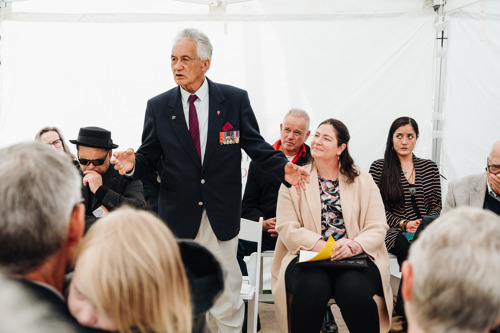
Kaumatua and Clendon descendant, Matutaera Te Nana Clendon, greets visitors to Clendon House. Photo: Jess Burges
Following Clendon’s death in 1872, the papers go on to reflect the family’s life in the developing bi-lingual, bi-racial society of the Hokianga, extending to 1972 when Clendon House in Rawene was purchased by the New Zealand Historic Places Trust, the predecessor of Heritage New Zealand Pouhere Taonga. The bulk of the papers cover from the 1840s to the 1940s with the collection totaling some 3000 items over the two locations. The papers include personal, business, and official correspondence and papers, letter books, registers, journals, memoir, ephemera, photographs and inscribed books.
-- John O'Hare of Heritage New Zealand Pouhere Taonga
